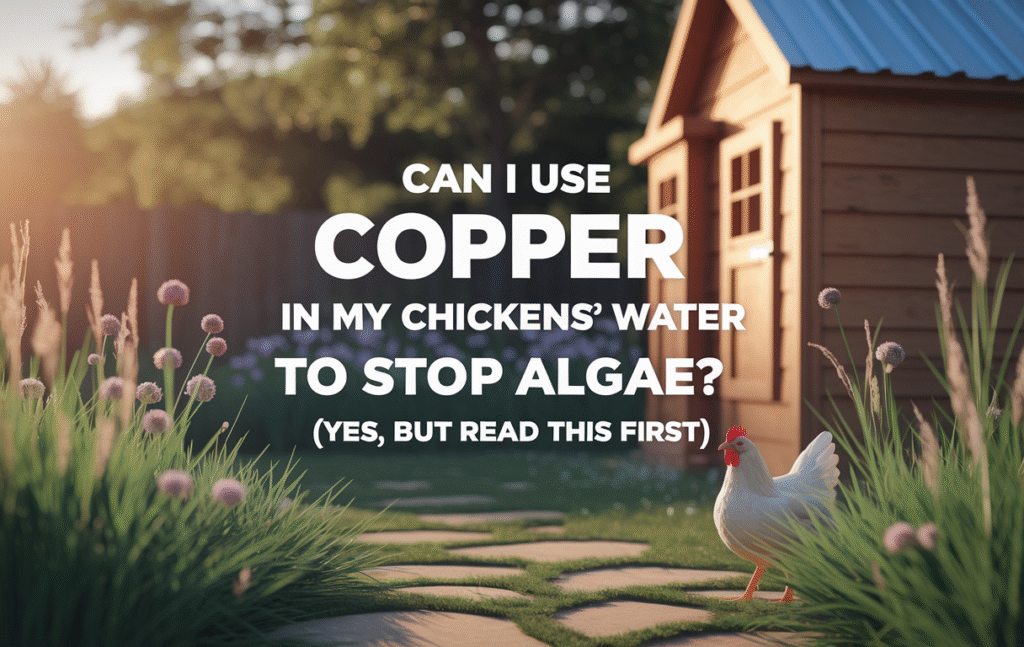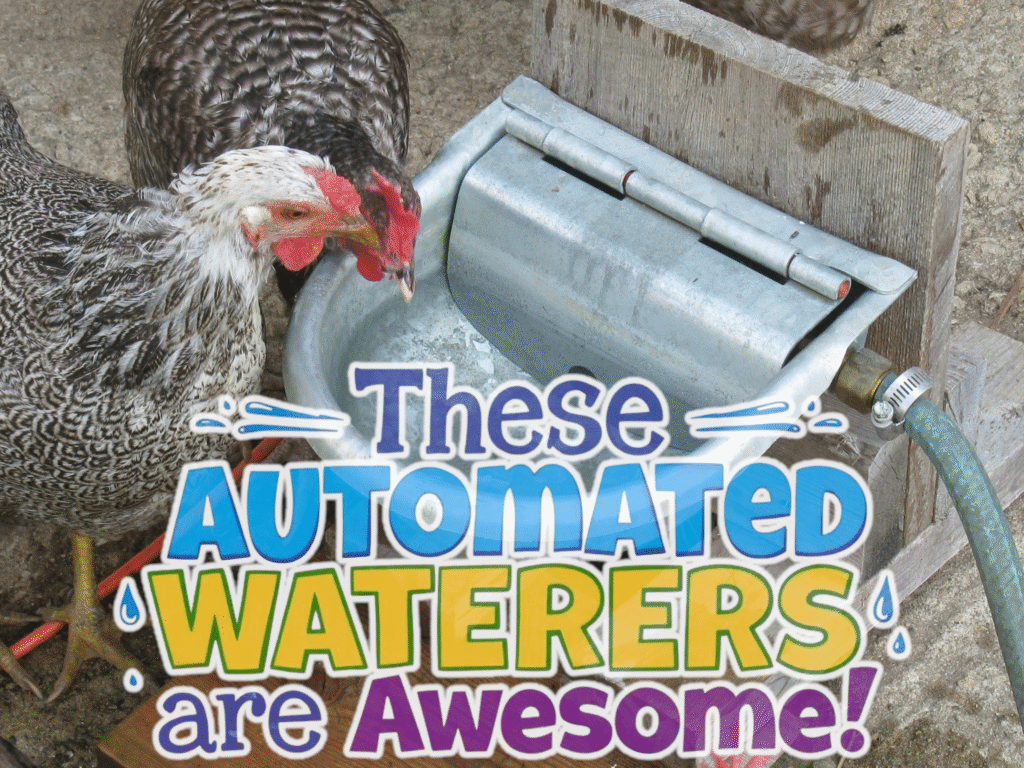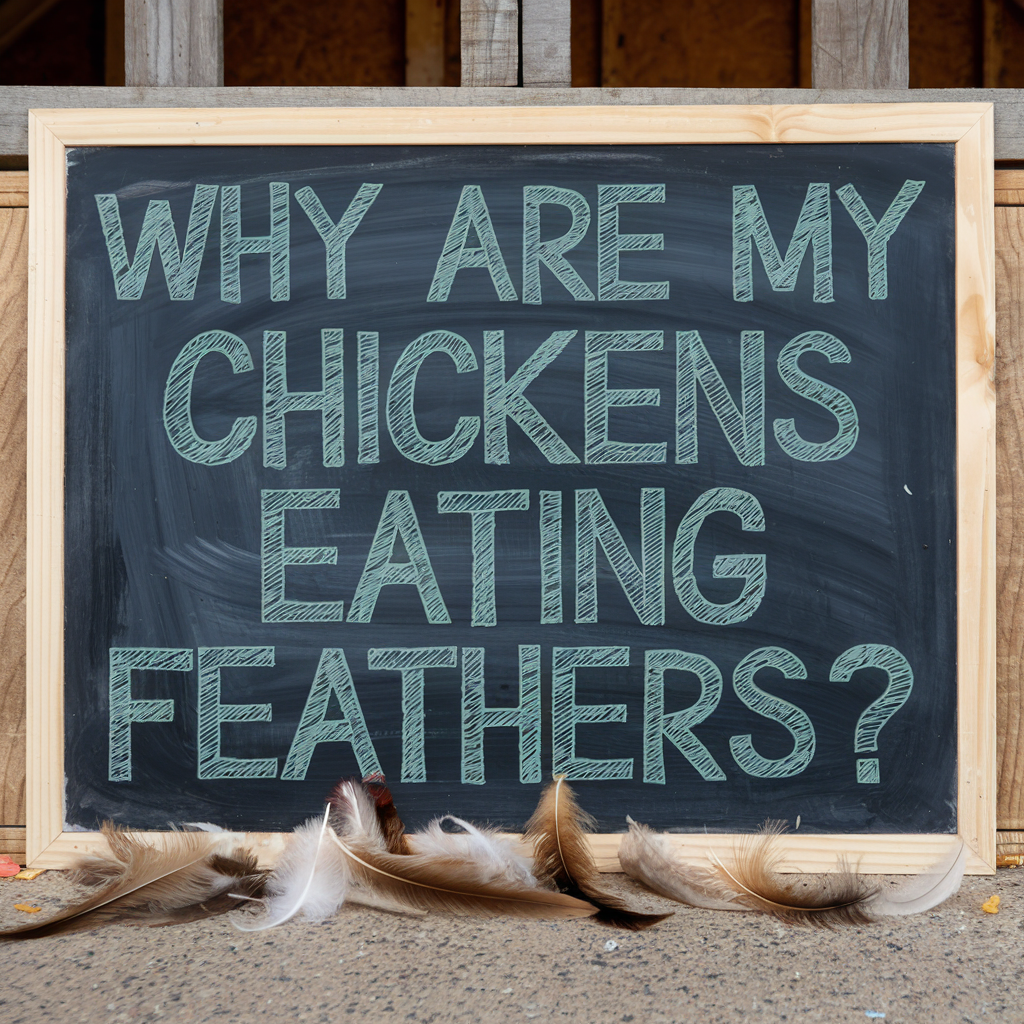
Understanding Feather Eating in Chickens: What I’ve Learned the Hard Way
I’ve raised chickens for decades, and I still get the same panicked message from newer keepers: “Why do chickens eat feathers? Is something wrong with my birds?” If you’re seeing your flock nibble at plumage—off themselves or their buddies—take a breath. You’re not alone, and it’s fixable in most cases.
Feather eating can be a simple sign of curiosity, or it can point to a bigger issue like protein deficits, boredom, mites, or crowding. The trick is to figure out which problem you’re dealing with and respond fast, before a nibble turns into a habit or, worse, an injury. In this guide, I’ll share what has actually worked for me—practical, everyday fixes you can start today—and where feather eating crosses the line into something to take seriously.
And yes, I’ll keep circling back to that central question: why do chickens eat feathers, and how do you stop it without turning your coop into a science experiment?
What Feather Eating Looks Like (and What It Isn’t)
Feather eating isn’t always obvious at first. Sometimes it’s a quick pluck during a scuffle. Other times you’ll notice bare patches around the tail, shoulders, or saddle area, or find chewed quills on the ground. Here’s how I distinguish it:
– Normal preening: Your birds run their beaks through feathers to clean and align them. No pulling, no bald spots. This is fine.
– Molting: Feathers drop in a pattern; you’ll see pinfeathers growing back. Appetite might dip a bit. Molting can make birds look ragged, but it shouldn’t include other birds yanking the new feathers out.
– Feather picking: Another bird (or the bird itself) pulls out feathers and sometimes eats them. You may find broken shafts and inflamed skin.
– Cannibalism: If blood appears, flockmates can fixate and escalate. This needs urgent intervention.
If you’re wondering “why do chickens eat feathers off the ground?” versus “why do they pull them off each other?”, the first is often mild curiosity or a lack of fiber/protein. The second usually points to crowding, stress, or diet. Both deserve attention.
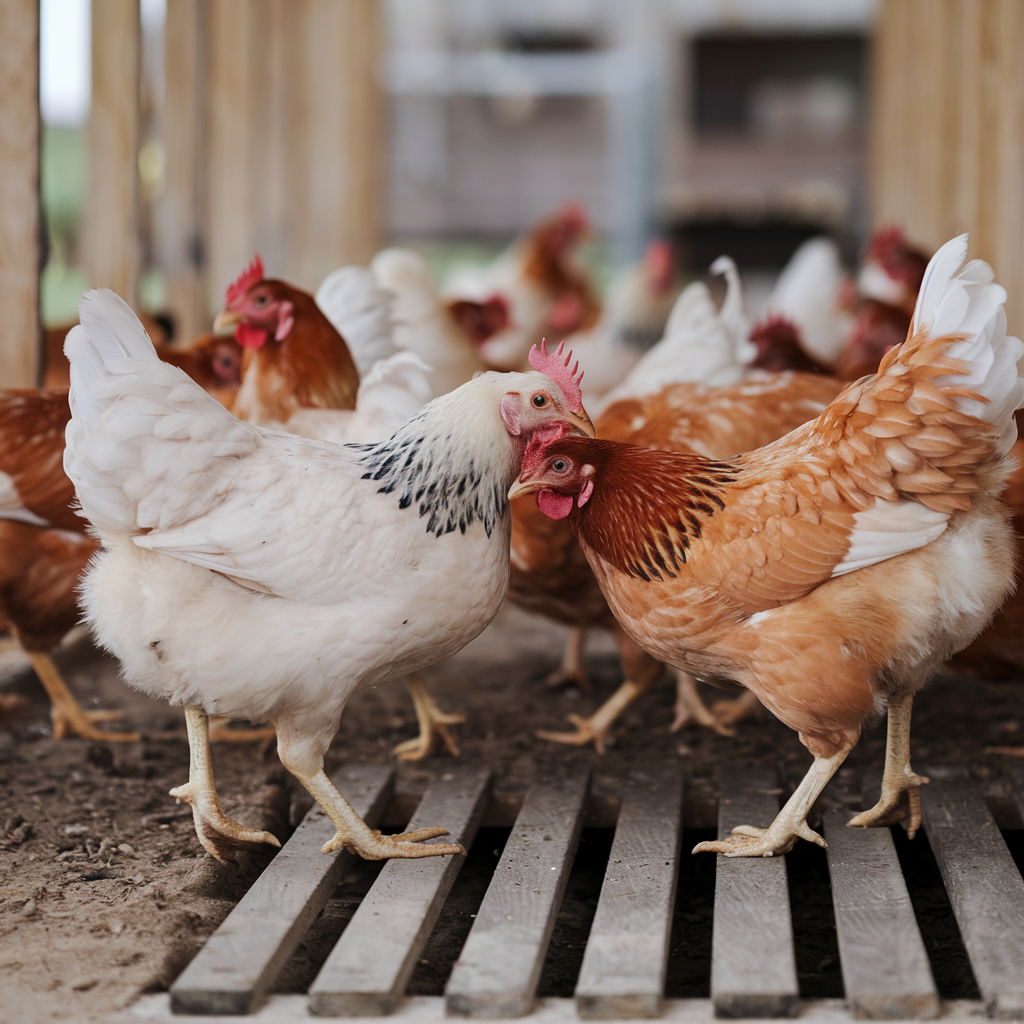
Why Do Chickens Eat Feathers? The Big Reasons
After many years and more than a few feathered “mystery cases,” these are the usual culprits behind feather eating:
– Protein deficiency or imbalance: Feathers are made of keratin, a protein. If your feed is low in quality protein or essential amino acids like methionine, birds may try to “recycle” protein by eating feathers. This is especially common during molt or heavy laying when needs spike.
– Mineral and grit mix-ups: Chickens sometimes eat feathers when their bodies are craving something else—calcium, phosphorus, or simply grit for digestion. Oyster shell supports shells; grit grinds food. They’re not the same, and both matter.
– Boredom and overcrowding: If your birds don’t have enough space or enrichment, they will make their own “fun”—often at the expense of someone’s tail feathers.
– External parasites: Mites and lice make birds itchy. They’ll over-preen, peck, and pluck to find relief. Other birds might peck at the irritated areas too.
– Stressors: Excessive light, sudden changes, predators lurking, heat, or poor ventilation can all trigger pecking behaviors.
– Learned behavior: Once a bully discovers feather ends taste salty/oily, it can become a habit. You’ll need to reset the environment and the behavior.
If you’re asking “why do chickens eat feathers” and you’ve also switched feed, added pullets, or changed the lighting recently, start there. Chickens are sensitive to routine changes.
Quick Triage: What I Do the Minute I Notice Feather Eating
Time matters. Here’s my go-to protocol when I spot chewed feathers or bald spots:
1) Check for blood. If there’s any bleeding, separate the injured bird calmly into a crate within sight of the flock. Treat the wound and reduce peck triggers (red attracts pecking).
2) Inspect for mites/lice. Part the feathers at night with a headlamp and look around the vent, under wings, and along the back. If you find crawlers or eggs on shafts, act fast. Here’s exactly what’s worked for me: how to treat mites in chickens.
3) Assess space. Minimum guidelines: 4 square feet per bird in the coop, 8–10 square feet per bird in the run, more if birds are confined. Tight housing almost always shows up as feather picking.
4) Bump protein—now. During feather regrowth or heavy laying, I’ll offer a short-term protein boost (scrambled eggs, black soldier fly larvae, or a high-protein crumble) for 7–14 days. If you use mealworms, do it smart; here’s a balanced take: feeding mealworms to chickens—the benefits and the warnings.
5) Add grit and oyster shell separately. They are not interchangeable. For a clear explanation of why both matter, see grit vs. oyster shell—what’s the difference and do you need both. And if you’re unsure whether your flock is getting enough grit, this guide will help: do chickens need grit.
6) Break the boredom. Hang a cabbage, scatter a forage mix, or give them a fresh pile of leaves or straw to scratch through. Pecking blocks can help too.
7) Adjust the lighting. Keep day length steady (14–16 hours max for layers), avoiding harsh, continuous lighting that can ramp up pecking.
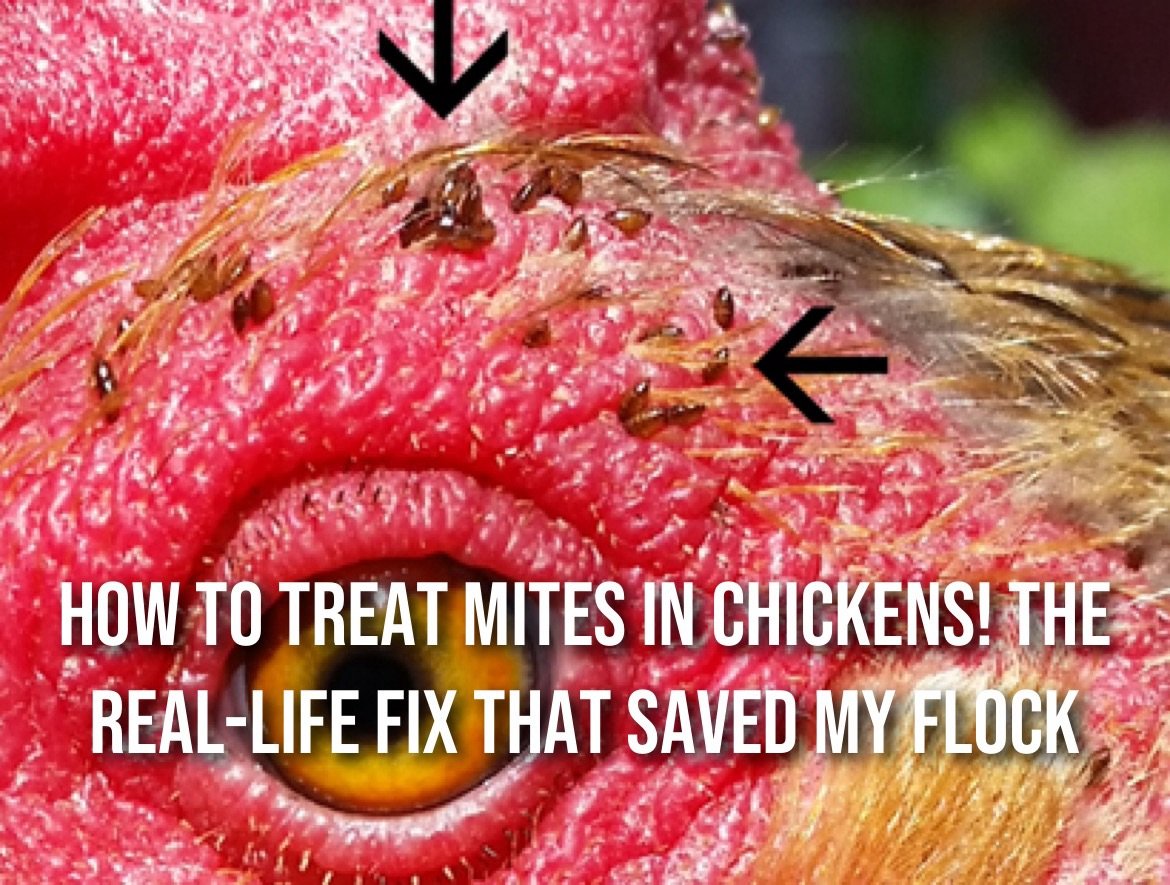
Feed and Nutrition Fixes That Actually Work
I’ve tried a lot of feed approaches to stop feather eating, and the simplest plan tends to work best:
– Use a complete feed appropriate for the bird’s life stage. Layers need 16–18% protein feed; molting birds may benefit from a 18–20% ration for a couple of weeks.
– Short-term protein boost. When I ask myself “why do chickens eat feathers in my flock right now?” the answer is often protein. Offer scrambled eggs, fish-based feed supplements, or dark, leafy greens plus a protein treat. Don’t overdo treats—keep them under 10% of the daily ration.
– Ensure free-choice calcium. Don’t mix oyster shell into the feed; supply it in a separate container. If you need inspiration for a tidy setup, I love a simple two-in-one style oyster shell feeder.
– Provide the right grit. If you’ve got adults on whole grains or free-ranging heavily, they’ll need more grit than birds on crumble alone. This roundup can help you choose: the best chicken grit for adult laying hens.
– Methionine matters. Most feather issues improve when birds get adequate methionine. Quality feed typically includes it; you can support it naturally with seeds and legumes, but rely on balanced feed first.
When the diet is right, the question “why do chickens eat feathers” tends to fade from daily life because their needs are already met by their feed and foraging opportunities.
Environment and Management: The Often-Ignored Fixes
Even perfect feed won’t stop feather eating if the environment is working against your birds. A few simple changes have made the biggest difference for me:
– Space and sightlines. Add vertical space (perches at different heights) and create visual breaks using pallets or low obstacles so bullied hens can step out of view.
– Dust baths, always. A deep, dry dust area with sand/soil/wood ash helps with parasite control, temperature regulation, and stress relief.
– Clean, algae-free water. Dirty water is a hidden stressor. If you’re fighting green slime, here’s a simple way to stop algae in chicken water the easy, natural way. I also like to simplify chores with an automatic system; the one I wish I’d tried sooner is here: the auto waterer for chickens I wish I’d bought sooner.
– Winter prep. Cold-stressed birds can pick and peck. You don’t have to electrify the coop to support them: how to keep chickens warm in winter without electricity. And keep water flowing in freezing snaps; here’s a practical guide on how to keep chickens’ water from freezing.
– Manage the light. Too-bright, too-long lighting equals edgy birds. Diffuse it and keep it consistent.
If you’re still asking “why do chickens eat feathers in my well-fed flock?” odds are the environment is the missing puzzle piece.
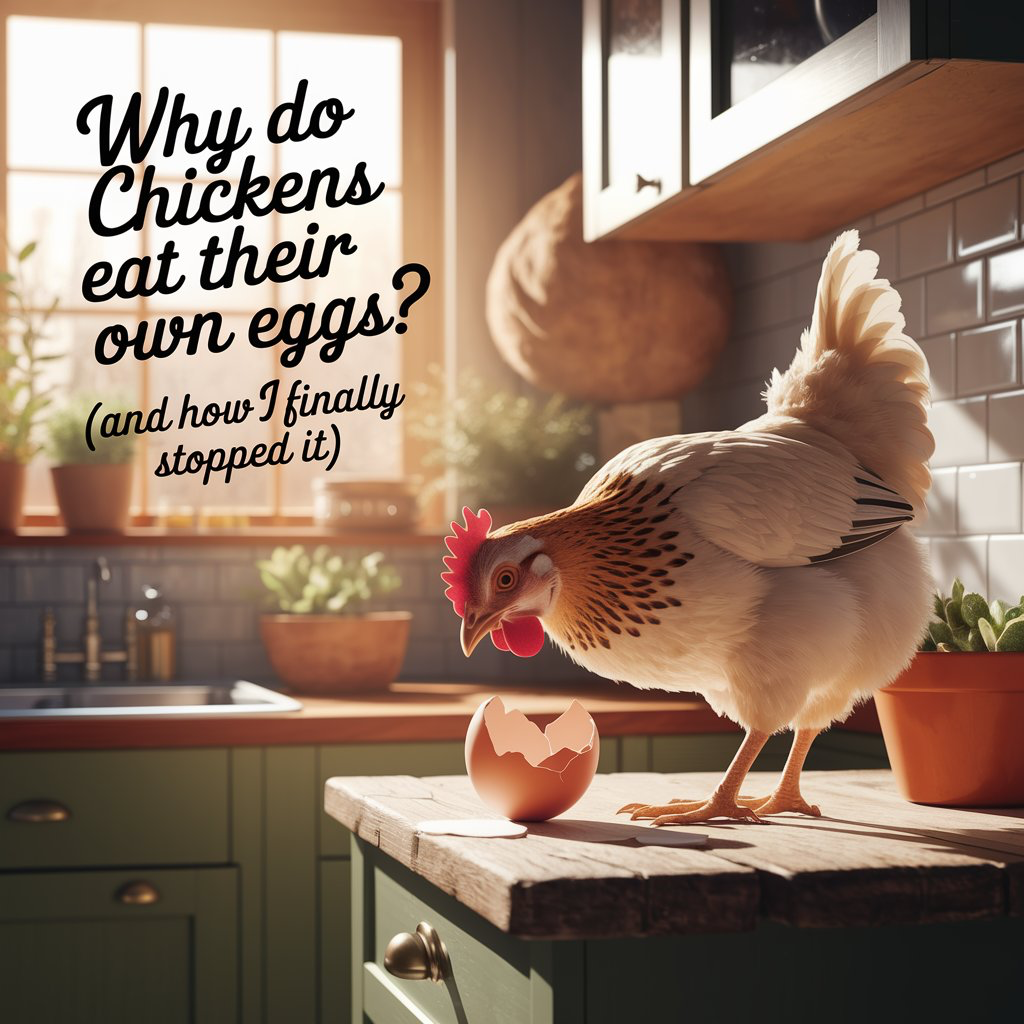
Parasites, Molting, and Medical Causes You Should Rule Out
– Mites and lice. Look for crawling pests and “nits” on feather shafts, especially near the vent. If you find them, treat all birds and the coop, then repeat as directed. Here’s a field-tested method: how to treat mites in chickens.
– Molt. During molt, new pinfeathers are sensitive. Curious flockmates might nip the new growth, which can bleed. Keep protein adequate and watch for bullies.
– Illness or pain. Birds in discomfort may over-preen; flockmates may focus on the affected area. Watch for weight loss, a floppy comb that suddenly appears pale or droopy, lethargy, or abnormal droppings.
If the behavior is severe or you suspect illness, don’t hesitate to involve an experienced poultry vet. Sometimes the fastest way to stop asking “why do chickens eat feathers” is to get a professional pair of eyes on your birds.
Behavior Rehab: How I Reset a Pecking Habit
Once feather eating becomes a “fun activity,” I treat it like any other behavior problem: remove the reward, meet the need, and give a better outlet.
– Remove triggers. Anything red or bloody should be covered or isolated. Use a wound-safe, taste-deterrent spray if needed.
– Time-out for the bully. A day or two in a crate (still within sight of the flock) can lower a dominant hen’s status. Reintroduce at dusk.
– Enrichment ideas that actually work:
– Hang a cabbage or lettuce head.
– Provide a log or stump to hop on.
– Scatter scratch in deep straw for a treasure hunt.
– Offer a pecking block on rough days (storms, confinement).
– Keep nesting boxes cozy, not hangouts. Hens that linger in boxes sometimes pick at flockmates. If you’re dealing with nest-area chaos, here’s how to stop chickens from pooping in nesting boxes.
If you’ve been wondering “why do chickens eat feathers and not their feed,” remember: behavior offers an outlet. You’re swapping a bad outlet for better ones.
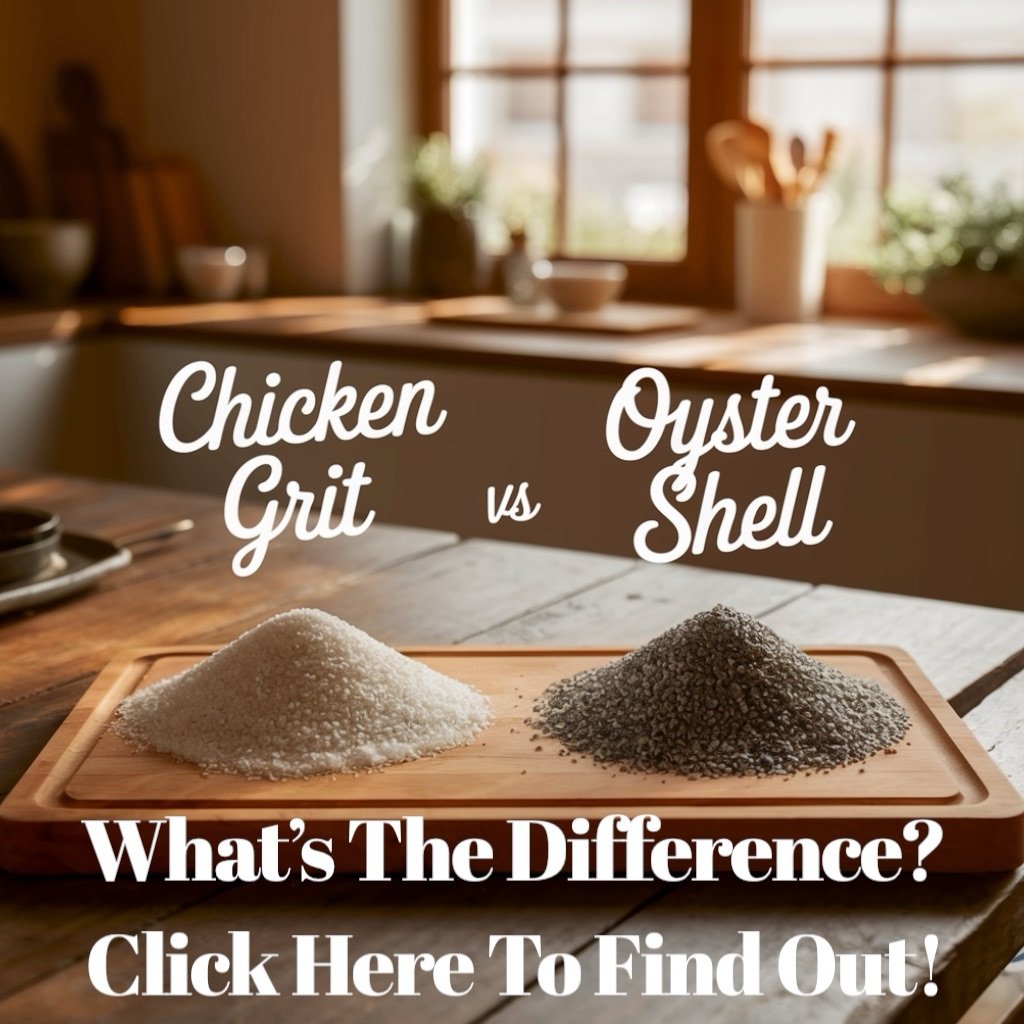
Egg Issues Are Related (And Fixable)
Feather eating and egg eating sometimes show up together. The common threads? Stress, boredom, and nutritional deficiencies. If you’ve found punctured shells or yolk on a beak, start here:
– Treat broken eggs like a fire: remove them immediately.
– Provide enough nesting boxes (1 per 3–4 hens) with clean, deep bedding.
– Ensure calcium and protein are adequate.
For a deep dive on egg-eating behavior, this plain-talk guide lays out the causes and solutions: why chickens eat their own eggs. Training tools can help, too; I’ve had great success using ceramic eggs for chickens and keeping nest boxes inviting with this nesting box setup that finally ended the egg hunt.
Free-Range: The Boredom Buster I Lean On
If it’s safe in your area, supervised free-range time changes flock behavior fast. Birds that get to scratch, chase bugs, and sunbathe are less likely to ask “why do chickens eat feathers?” with their beaks. Real-world benefits include:
– Greater behavioral satisfaction and less pecking.
– Natural protein from insects and greens.
– Lower feed bills.
For inspiration, check out how free-ranging chickens can cut feed costs by up to 50%, why a single chicken can eat 80 bugs per day, and the practical advantages of free-range chickens.
When to Worry and Call a Vet
Feather eating becomes urgent when:
– You see blood, open wounds, or swelling.
– A victim is being chased and cornered.
– Weight loss, pale combs, or lethargy appear.
– You’ve addressed diet, space, and parasites and it persists.
Even experienced keepers reach out for help sometimes. There’s no prize for going it alone. A quick consult can save a bird—and your sanity.
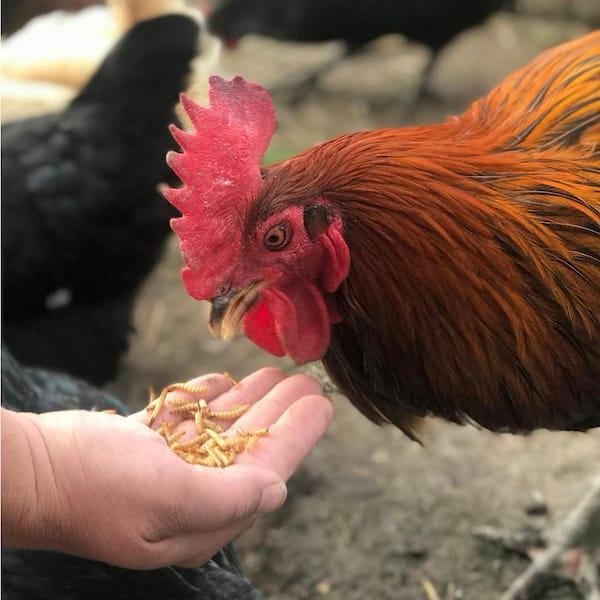
Frequently Asked Questions
Why do chickens eat feathers off the ground?
Often it’s curiosity, fiber/protein seeking, or boredom. If it’s occasional and not causing balding, improve diet quality, add grit and oyster shell, and enrich their environment.
Why do chickens eat feathers off each other?
That’s typically stress, crowding, protein deficiency, or a learned habit. Separate bullies if needed and follow the triage plan above.
Do roosters cause feather eating?
Roosters can over-mate, which looks like missing saddle feathers. But feather eating can be a flock behavior regardless of rooster presence. If the main question is “why do chickens eat feathers,” not “why are feathers missing,” check diet and space first.
Do chicks eat feathers too?
Yes, they can pick at fluff or new feathers, especially if too crowded. Offer correct starter feed, chick-sized grit when you add treats, and plenty of space. For starter gear that makes life easier, I like this simple kit: the best chick feeder and waterer kit I’ve found. And this guide explains why chicks benefit from the right size grit: the grit that keeps my young chicks happy and healthy.
Will feather eating stop on its own?
If it’s curiosity, yes, sometimes. If it’s due to diet, parasites, or stress, not usually. Fix the root cause and the habit fades.
My Simple, Proven 14-Day Plan to Stop Feather Eating
Day 1–2:
– Inspect every bird for mites/lice; treat if needed.
– Separate any bloody/injured birds within sight of the flock.
– Increase protein to 18–20% via feed or short-term supplements.
– Add separate containers of oyster shell and grit.
Day 3–5:
– Enrichment daily: cabbage tetherball, scatter feed in deep litter, new perch.
– Check space: add temporary run panels or a second feeder/waterer to reduce crowd pressure.
– Adjust lighting to gentle, consistent levels.
Day 6–10:
– Monitor targeted birds. If one hen is doing most of the plucking, give her a 24–48 hour “time-out” within sight.
– Keep water pristine. If algae keeps coming back, use this method to stop algae in chicken water. Consider upgrading to a reliable system: the auto waterer for chickens I wish I’d bought sooner.
Day 11–14:
– Reassess feathers. You should see fewer new plucks and calmer flock dynamics.
– Gradually taper protein back to the normal ration once behavior stabilizes.
– Make free-range or supervised yard time part of the routine if possible.
By the end of two weeks, most flocks show clear improvement. If you still find yourself muttering “why do chickens eat feathers” every morning, go back through parasites, space, and nutrition with fresh eyes—or get a second opinion.
A Gentle Reminder From Someone Who’s Been There
I know how discouraging it is to see a hen you love with chewed feathers. You’re doing your best, and sometimes the flock throws you a curveball anyway. The good news is that feather eating is rarely a dead-end problem. When you give birds the right protein, the minerals they need, room to be chickens, and a clean, low-stress home, they repay you with calmer behavior and healthier plumage.
If you remember nothing else, remember this: when you catch yourself asking “why do chickens eat feathers,” ask a second question—“what need isn’t being met?” Answer that, and you’ll solve most pecking problems at their roots.
And hey, on the days you’re elbow-deep in coop cleanout and still finding fluff on the floor, know that keepers like me are right there with you, learning, adjusting, and loving these funny little dinosaurs all the same.
As an Amazon Associate we earn from qualifying purchases through some links in our articles.

